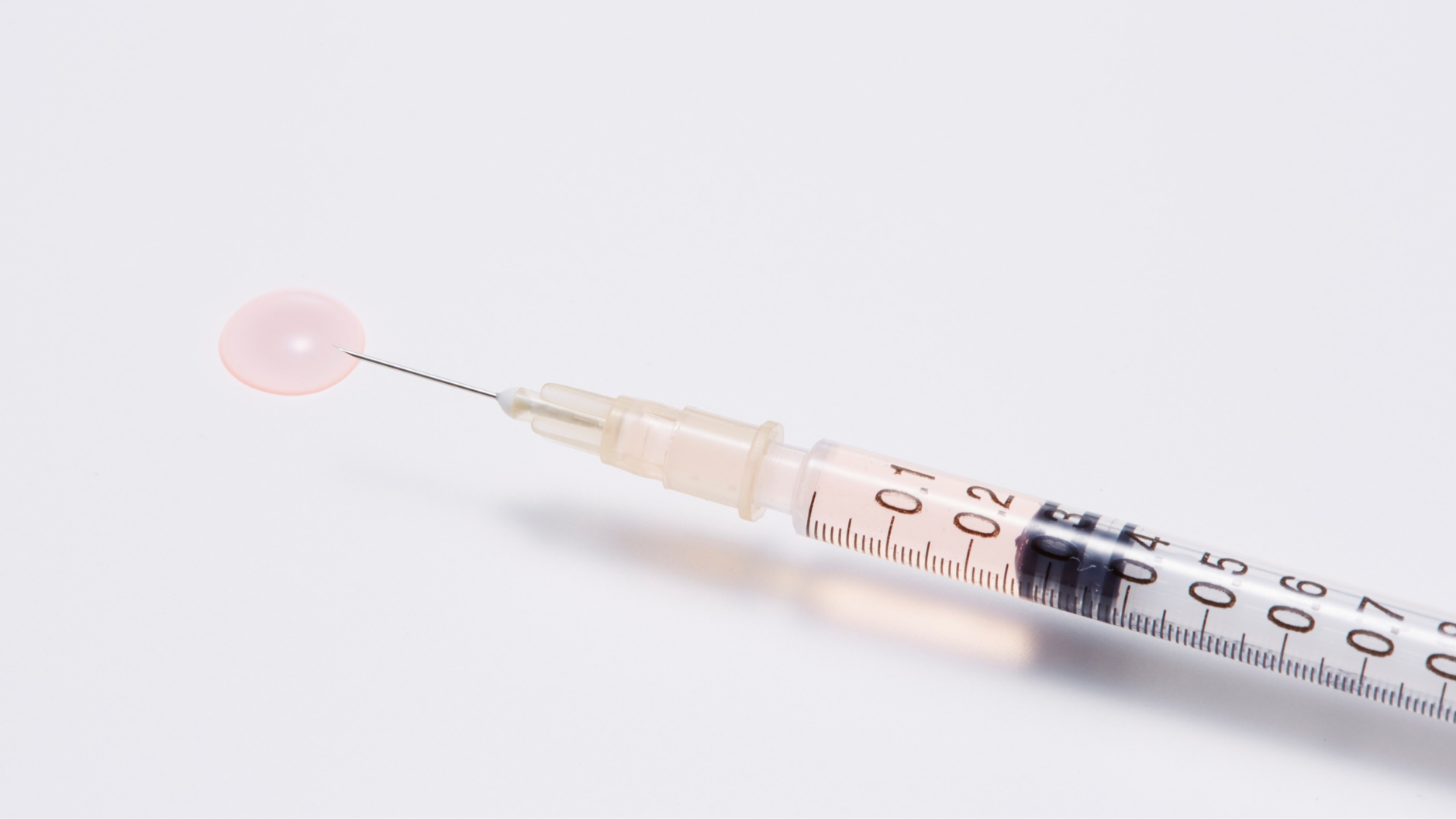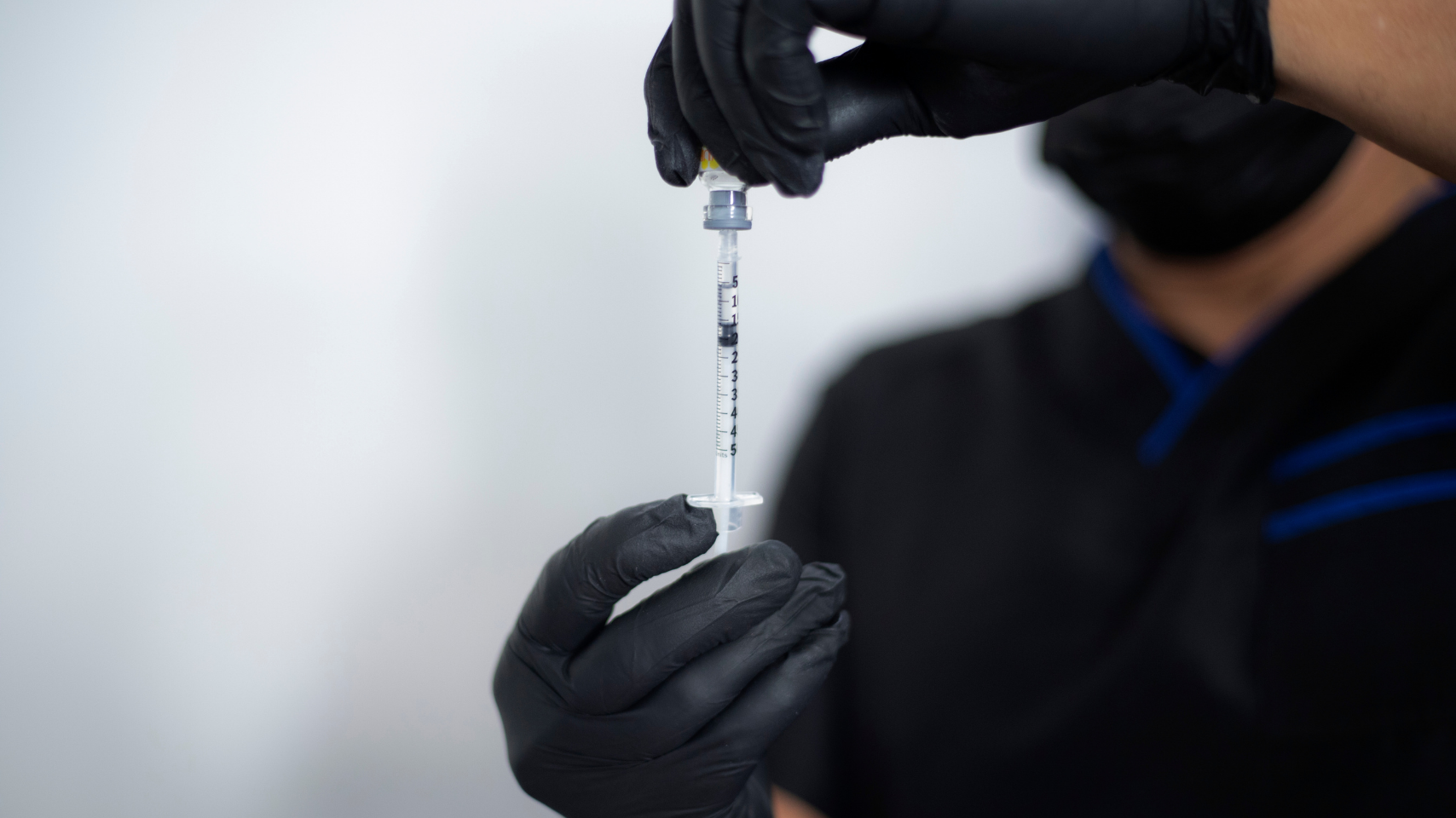How Many Mesotherapy Sessions Do You Need for Hair Growth?
Mesotherapy has become one of the most talked-about non-surgical options for treating hair loss. But one of the most common questions patients ask is: how many sessions are needed before you see results?
The answer depends on your type of hair loss, the ingredients used, and how your scalp and body respond to treatment. This article explores the typical treatment schedule, why consistency matters, and what to expect at each stage of your mesotherapy journey.

What Is a Typical Mesotherapy Course?
Most clinical mesotherapy protocols recommend a starting course of 3 to 6 sessions, spaced every 2 to 4 weeks. These initial treatments are designed to activate the hair follicles, support the scalp environment, and deliver essential actives into the skin.
-
Mild hair loss may respond well to 3 or 4 sessions, spaced every 3 to 4 weeks
-
Moderate to advanced thinning often requires 6 sessions, starting with fortnightly appointments for the first 6 to 8 weeks, then shifting to monthly sessions
-
For chronic telogen effluvium (defined as shedding that lasts longer than six months) the most effective approach is usually a 12-week protocol, with one session every two weeks, followed by reassessment and tapering to maintenance treatments if progress is seen
After the initial 'loading' phase, patients may be advised to continue with and 'optimisation' phase and then maintenance treatments every 3 to 6 months, depending on how well results are maintained and the original cause of hair loss.
Clinical trials using biomimmetic peptides, dutasteride and minoxidil in mesotherapy formulations have shown meaningful improvements in hair density and shaft thickness when delivered across a 3–6 month protocol [1–3].
Why Multiple Sessions?
Mesotherapy works by delivering active compounds directly into the scalp, but hair growth is a slow biological process. The hair cycle consists of three phases: growth (anagen), rest (telogen), and shedding (catagen). Moving hairs from resting to growth takes time and consistency.
Each session helps build momentum by:
-
Stimulating blood flow and nutrient delivery
-
Activating growth signals like IGF-1 and VEGF
-
Replenishing hydration and barrier integrity
-
Interrupting local inflammation or hormonal triggers
Just like exercise or skincare, results build gradually. While some people notice less shedding within a few weeks, it usually takes 8 to 12 weeks to begin seeing visual thickening, especially at the parting line or frontal hairline.
What Affects the Number of Sessions You’ll Need?
Several factors influence how many treatments are required for visible results.
Type of Hair Loss
-
Androgenetic alopecia (pattern hair loss) often requires long-term maintenance. In clinical studies, mesotherapy with dutasteride or minoxidil showed sustained improvement only when treatments were repeated over several months [1,2].
-
Telogen effluvium may respond more quickly and results can be long lasting, but only if the underlying cause has been corrected first.
-
Frontal fibrosing alopecia or lichen planopilaris, both scarring forms of hair loss, are not suitable for mesotherapy unless the inflammation is fully stable. Then, the number of treatments needed depends on severity of scarring and hair loss.
Ingredients Used
Different formulations influence outcomes. Caffeine, peptides, and minoxidil may require more sessions to build up effect, while dutasteride has a longer duration of action and may show results sooner.
Overall Health and Readiness
The success of mesotherapy also depends on internal factors like:
-
Iron and vitamin D status
-
Thyroid and metabolic balance
-
Scalp inflammation or barrier disruption
If the body is under stress, or nutrients are lacking, the follicles may be less responsive to treatment. That’s why it’s important to assess systemic health before starting.
What Happens at Each Stage?
During the first four weeks, initial stimulation begins and many notice improved scalp comfort, reduced dryness or itching, and a slight decrease in daily shedding. Between weeks four and eight, new hair may start to appear along the temples or hairline, often presenting as fine baby hairs while the scalp’s barrier function continues to strengthen. By weeks eight to twelve, the most visible changes occur, with existing hairs appearing thicker, healthier, and more voluminous at the roots. After twelve weeks, results typically start to stabilise.
Do Maintenance Sessions Matter?
It depends. Hair loss is not always chronic or recurring. In cases where the hair has regrown to its maximum genetic potential and all systemic drivers have been resolved, such as iron deficiency, hormonal imbalance, or inflammation, further mesotherapy may not be needed unless there is a future relapse.
However, for patients who:
-
Have not yet reached maximum density
-
Respond more slowly to treatment
-
Continue to have underlying risk factors such as elevated DHT
…maintenance sessions can help preserve and extend results.
These top-up treatments are designed to:
-
Prevent regression
-
Maintain local circulation and nutrient delivery
-
Support a prolonged growth phase
Some mesotherapy formulations, particularly those containing dutasteride or peptide complexes, have demonstrated sustained improvements in hair density during the 6 months follow up period.
When maintenance is advised, sessions are typically spaced every 3 to 6 months, although this can be adjusted based on individual response.
FAQs
How soon will I see results?
Most people begin to notice changes between weeks 8 and 12. Early signs include reduced shedding and the appearance of new, finer hairs near the temples or parting line.
How long does each session take?
A typical mesotherapy appointment lasts 30 to 45 minutes, depending on the size of the treatment area and the method of delivery.
Is mesotherapy painful?
Mild discomfort or a stinging sensation may be felt during the injection process, but this usually resolves quickly. A numbing cream can be used if needed.
Can I stop after the first course?
Yes. If hair has reached its maximum genetic density and there are no ongoing triggers, further sessions may not be required. However, maintenance may be recommended if progress is still underway or if relapse risk is high.
Will I need maintenance sessions?
Only if the hair has not yet reached its full potential, or if there are ongoing risk factors. In some cases, a single course leads to sustained results for 12 months or more, particularly with formulations containing dutasteride or peptides.
References
-
Sobhy N, Aly H, El Shafee A, El Deeb M. Evaluation of the effect of injection of dutasteride as mesotherapeutic tool in treatment of androgenetic alopecia in males. Our Dermatol Online. 2013;4(1):40.
-
Shome D, Kapoor R, Doshi K, Patel G, Vadera S, Kumar V. Comparison of QR678 and QR678 Neo as monotherapy and in combination with minoxidil and finasteride in male androgenetic alopecia. J Cosmet Dermatol. 2021;20(6):1556–1564.
-
Uzel BPC, Takano GHS, Chartuni JCN, Cesetti MV, Gavioli CFB, Lemes AM, et al. Intradermal injections with 0.5% minoxidil for the treatment of female androgenetic alopecia: a randomized, placebo-controlled trial. Dermatol Ther. 2021;34(1):e14622.



